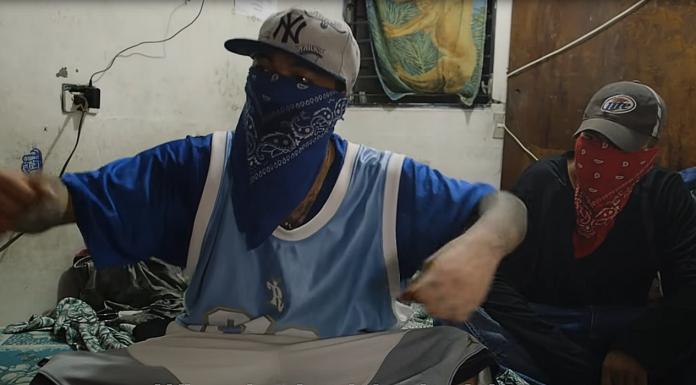Immigration and Customs Enforcement officers said they have been unable to detain re-offenders who violate the terms of their court-ordered release due to coronavirus restrictions
In California, more than 250 illegal immigrants have been released after U.S. District Judge Terry Hatter ordered the Adelanto ICE Processing Center to reduce the facility’s capacity in October.
Roughly 85% of the facility’s detainees have criminal charges pending or have been convicted on criminal charges. Yet several of these criminal offenders have been released.
At least six of these released detainees have been arrested on new charges by local law enforcement in central and Southern California, according to ICE officials.
In one case, police arrested a 34-year-old Mexican citizen for grand theft, burglary, carrying a loaded firearm and unlawful possession of drug paraphernalia.
And in El Monte, California, police arrested a 48-year-old Mexican national for battery, driving under the influence and violation of a restraining order.
Others released had criminal histories of assault with a deadly weapon, child cruelty, domestic violence, false imprisonment, fraud, hit and run, and other crimes, according to the Washington Examiner.
Nonetheless, ICE officials said they were not able to hold them in their detaining facility, despite the dangers they posed upon release.
ICE “was very clear that having its hands tied—not being able to process new intakes, an inability to transfer detainees to other detention facilities, and being forced to release egregious criminals from custody—would have a negative impact on the communities its officers are sworn to protect,” said Dave Marin, ICE Enforcement and Removal Operations’ Los Angeles field office director.
“Now we see that this order has resulted in criminals being rearrested, not only for outstanding warrants, but for new crimes, which highlights our point regarding the recidivist nature of many egregious offenders,” Marin told the Examiner.
ICE asked a court if it could shift detainees to other locations nationwide so local officials could not release criminal offenders, but its request was denied.
Instead, ICE officials now rely on ankle monitors and other tracking devices to keep track of detainees.

